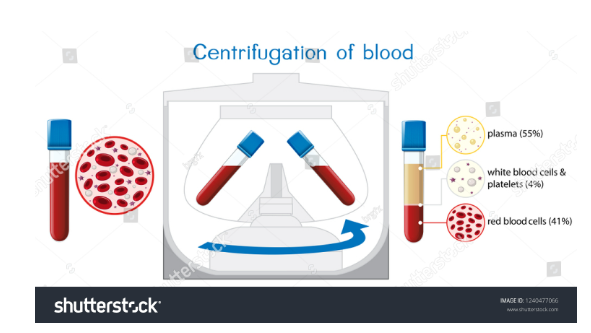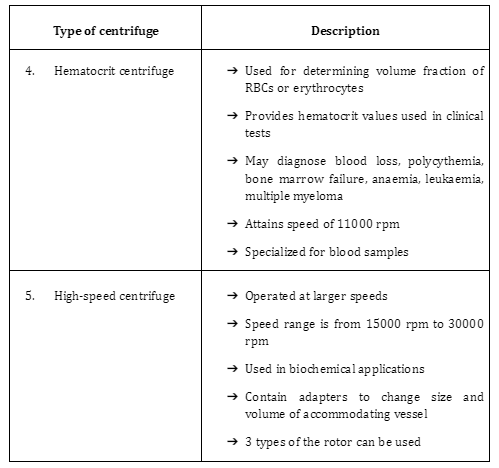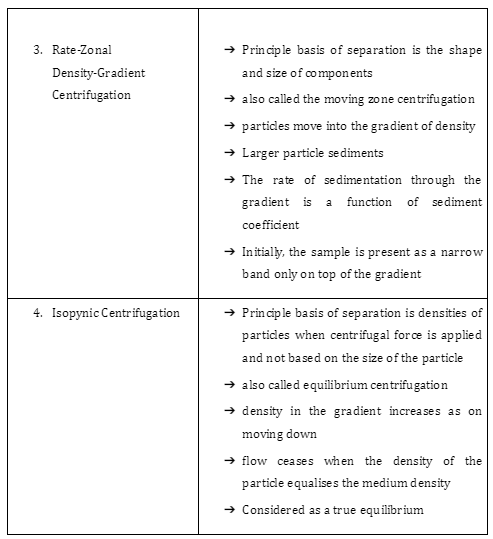Introduction
Antonin Prandtl invented the first centrifuge in order to industrially separate milk and cream. Later in 1869, a Swiss researcher and physician named Meischer used centrifugation to separate DNA from the chromosomes in white blood cells. The field of genetics advanced significantly as a result of his work. Thanks to the work of many different chemists and biologists, the centrifuge and centrifugation have progressed and found new uses. Science centres and laboratories all around the world continue to make use of centrifuges and centrifugation to this day.
What is a Centrifuge?
A centrifuge is a machine that maintains a continuous centrifugal force to separate mixtures. It works on the principle of sedimentation. Inside a centrifuge the components of a mixture separate in accordance to their density under the influence of gravitational force. A centrifuge is operated by an electric motor. A centrifuge is a machine that maintains a continuous centrifugal force to separate mixtures. A centrifugal force is an internal force experienced by a rotating or revolving object. Centrifugal force acts outwards and against the direction of the centre of rotation. It works on the principle of sedimentation. Inside a centrifuge the components of a mixture separate in accordance to their density under the influence of gravitational force. A centrifuge is operated by an electric motor.

Usages of a Centrifuge
The centrifuge has vast applications in genetic engineering, medicine, chemistry, pharmacology, microbiology, biochemistry, molecular biology, analytical chemistry, pathology, biotechnology, physiology and other related areas.
Types of Centrifuges
The types of the centrifuge are discussed in the below table:


What is Centrifugation?
Centrifugation is a process in which mixtures are separated by utilizing centrifugal force. The centrifugal force is generated by a centrifugal machine or centrifuge when a sample is allowed to rotate.
Centrifugal Force
A centrifugal force is a force (pseudo) experienced by an object moving in a curvilinear path. It is an apparent force. Centrifugal force acts outwards and against the centre of rotation. The concept of centrifugal force is applied in centrifuges and other similar rotating devices.
Types of Centrifugation


What are the Applications of Centrifugation?
Application of centrifugation involves
- Separation of two miscible substances
- Analysing hydrodynamic macromolecular properties
- Fractioning of subcellular organelles such as membranes
- Fractioning of membrane vesicles
- Separation of chalk powder from water
- Removal of fat and cream from milk to form low-fat milk
- Separation of particles from the air by employing cyclonic separation
- Clarifying & stabilization of wine
- Separation of physiological components such as urine components, blood components in forensic laboratories
- Separation of proteins
Examples of centrifugation
Some common examples of centrifugation are:
- Centrifugal separation of components of urine, blood and other physiological fluids in pathology labs
- Sludge dewatering in waste treatment
- Cyclonic separation of gaseous components without using filters.
- The process of draining and washing clothes in a washing machine
Principle of Centrifugation
When suspended in a liquid, objects with greater density tend to sink while those with lower densities rise to the surface. As the density gradient widens, the rate of travel quickens. A centrifuge is a device used to apply a strong force perpendicular to the spin axis of an object while it rotates around a fixed axis. Centrifugal force is the term for this pushing outward force. More massive particles scatter outward, whereas less massive ones shift inward and cluster.
Factors that influence Centrifugation
Centrifugation is influenced by a number of factors such as:
- Densities of solution
- Densities of components of solution
- Temperature
- Viscosity of sample
- Distance of particle displacement
- Speed or rotation
Summary
Separating substances by centrifugation is a common laboratory procedure for scientists and engineers. Using centrifugation effectively requires the use of specialised equipment called centrifuges. The solution mixture, process temperature, process type, and separation goal all play a role in choosing the appropriate centrifuge. All centrifuges work on the same basic concept, which is the use of centrifugal force. The use of centrifugation and centrifuges is not restricted to the laboratory; they also have practical applications in the dairy industry, the paint industry, waste management plants, etc. Classical centrifuges from decades past are still in use today.
Frequently Asked Questions
1. What is the difference between centrifugation and filtration?
Ans: Centrifugation and filtration are both methods of separating particles from a solution. The main difference between the two is that centrifugation uses centrifugal force to separate particles, while filtration uses a filter to separate particles.
2. How can the efficiency of centrifugation be improved?
Ans: The efficiency of centrifugation can be improved by using the correct rotor speed, using the correct centrifuge tube size, and using the correct centrifuge tube material.
3. What is centrifugal distillation?
Ans: Centrifugal distillation uses a combination of centrifugal force and evaporation and condensation to separate particles.